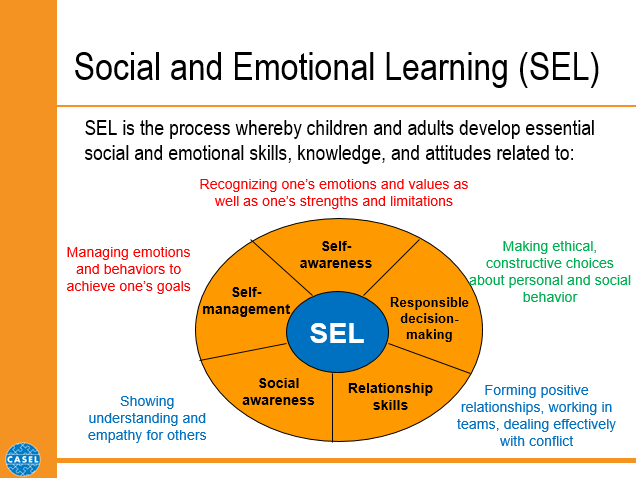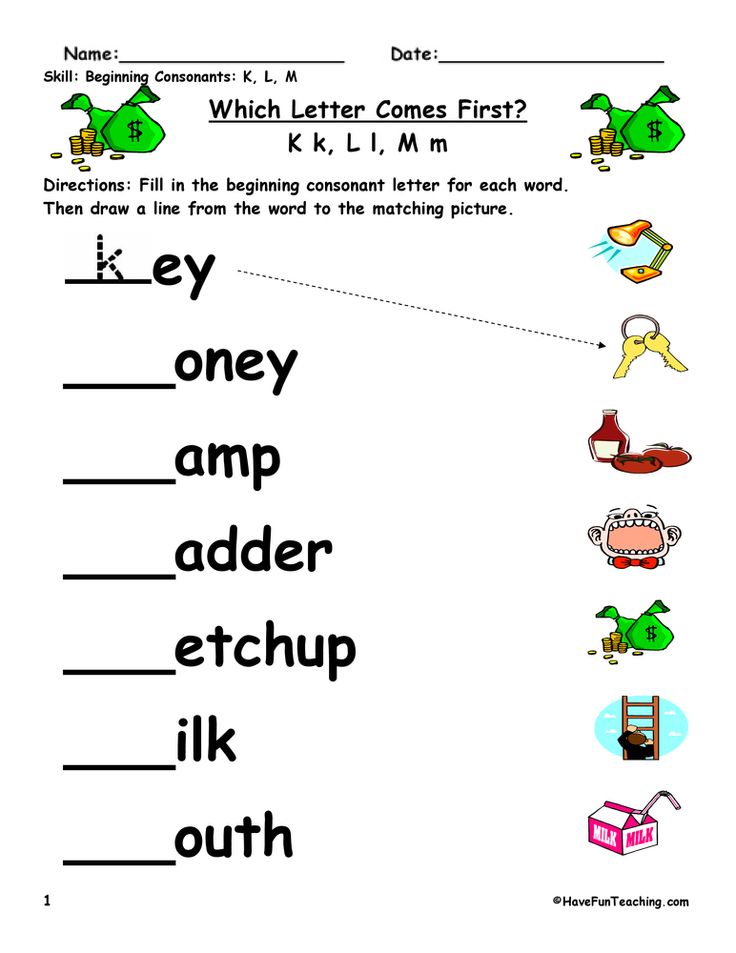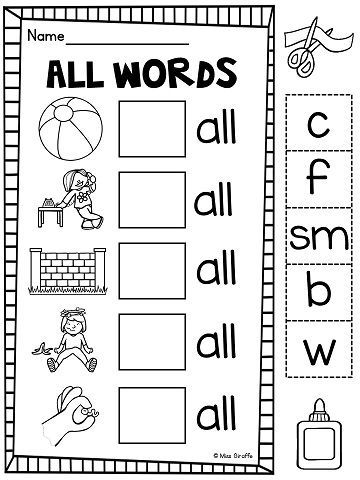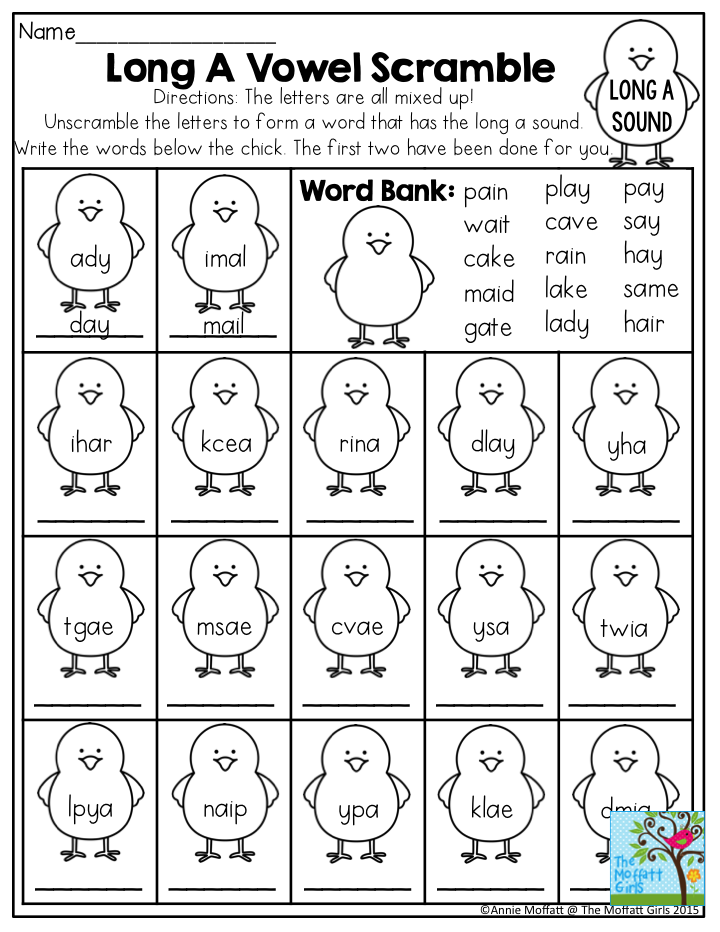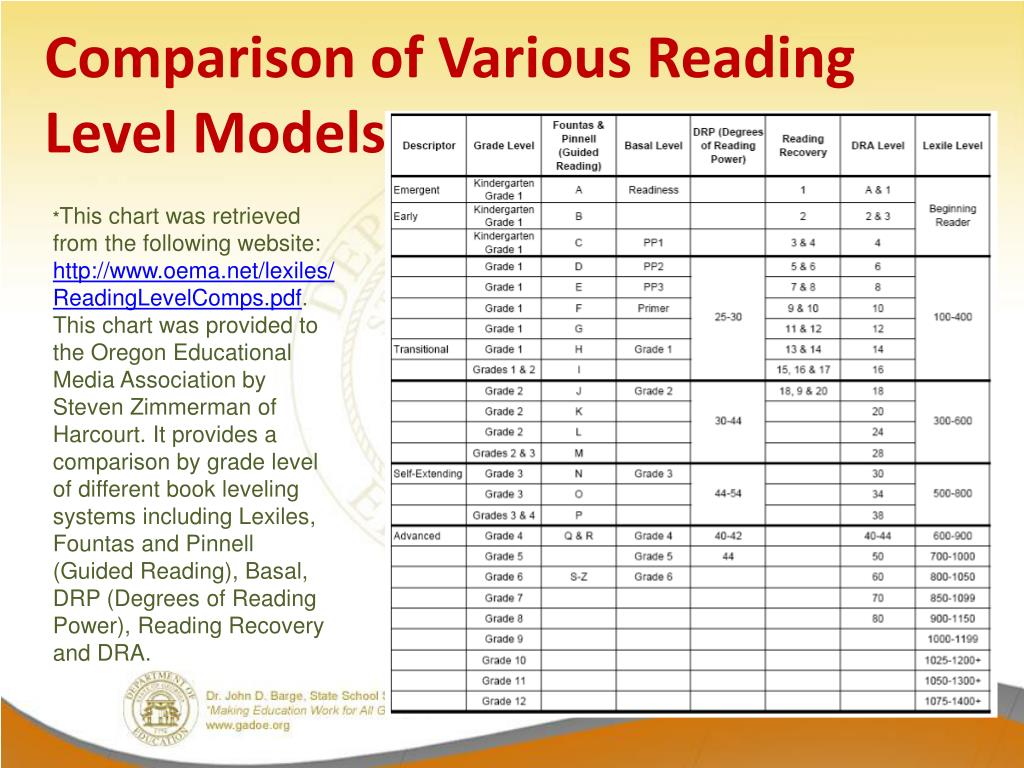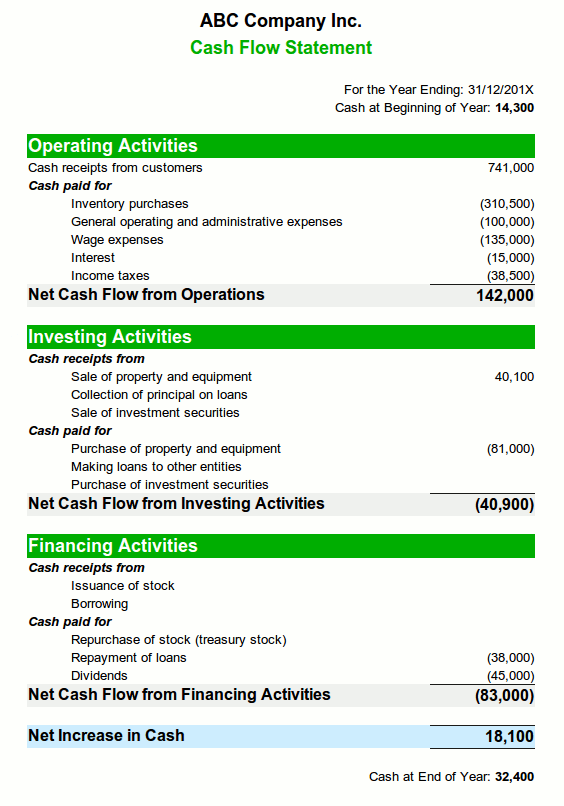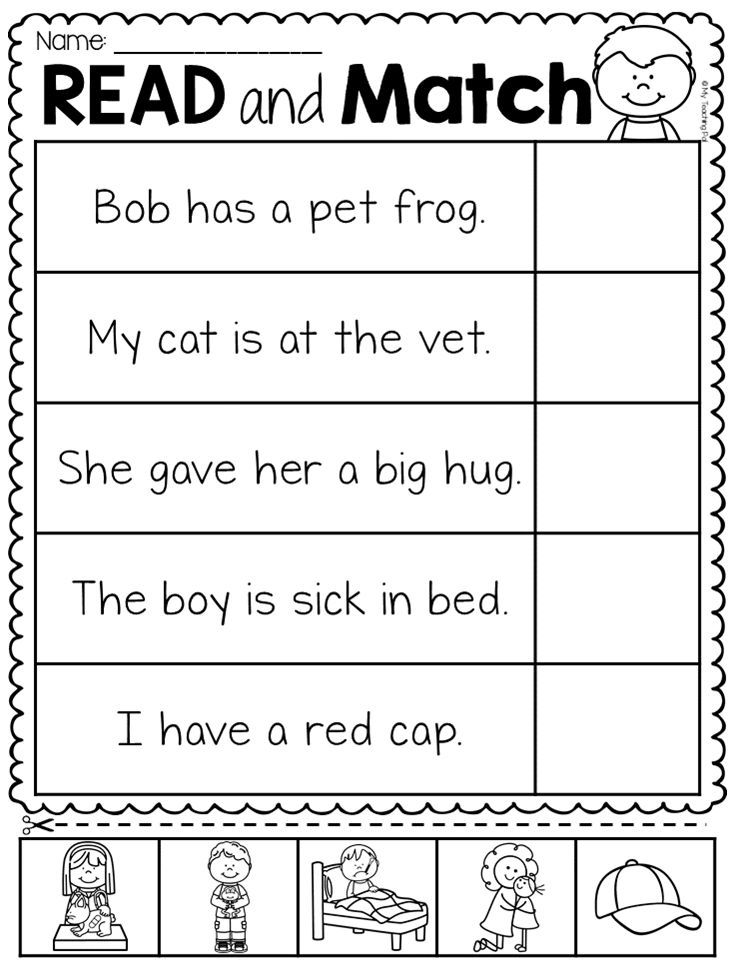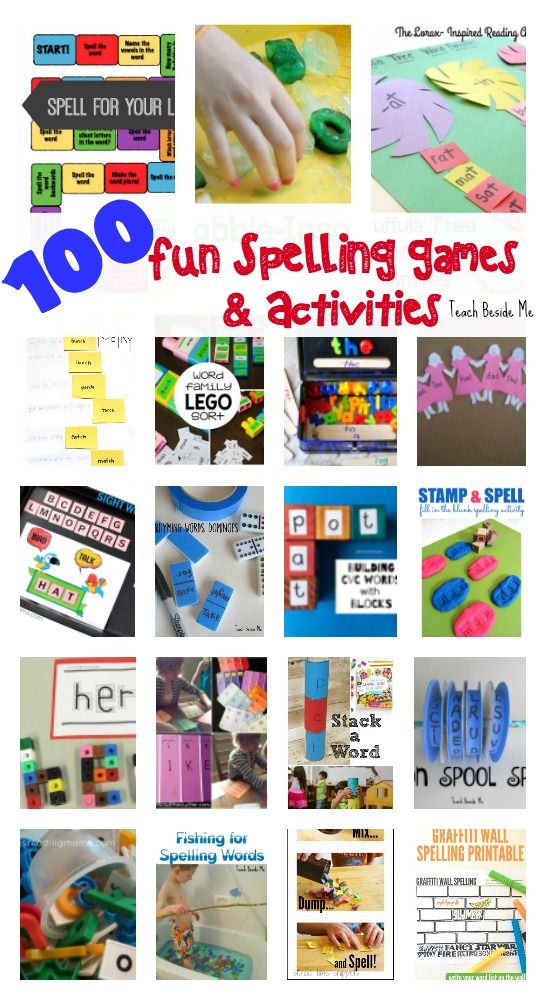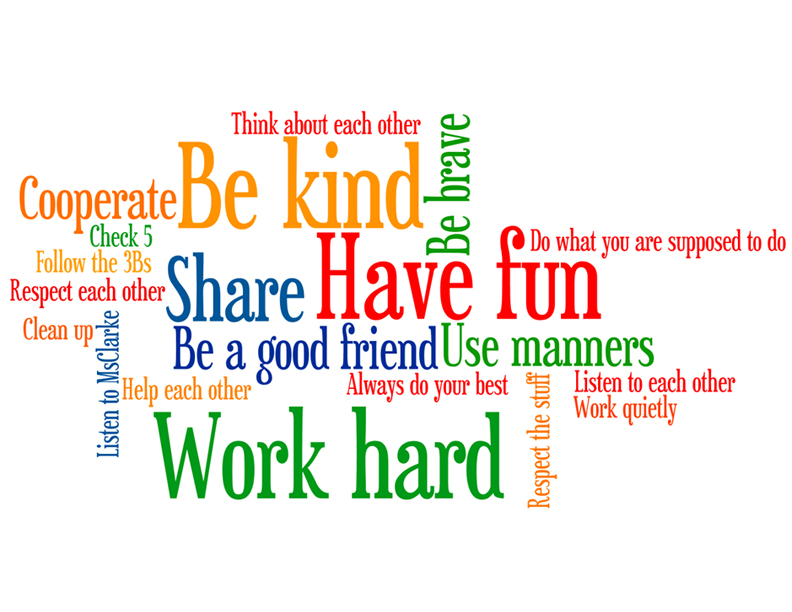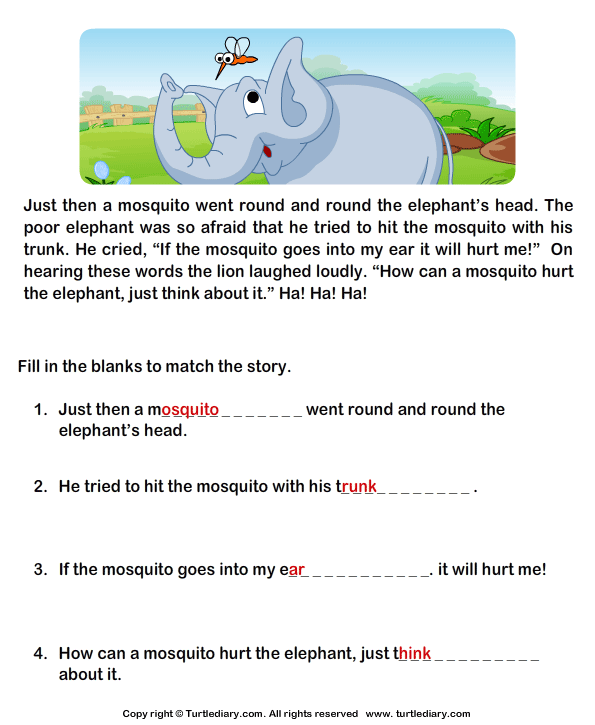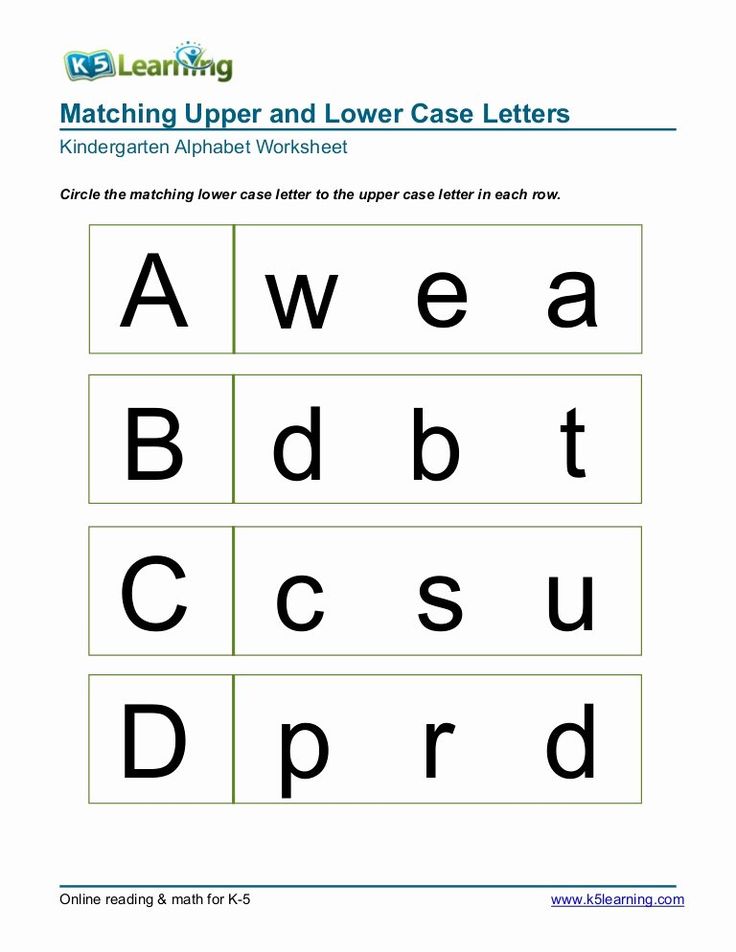Importance of social emotional learning
Why Social and Emotional Learning Is Essential for Students
Editor's note: This piece is co-authored by Roger Weissberg, Joseph A. Durlak, Celene E. Domitrovich, and Thomas P. Gullotta, and adapted from Handbook of Social and Emotional Learning: Research and Practice, now available from Guilford Press.
Today's schools are increasingly multicultural and multilingual with students from diverse social and economic backgrounds. Educators and community agencies serve students with different motivation for engaging in learning, behaving positively, and performing academically. Social and emotional learning (SEL) provides a foundation for safe and positive learning, and enhances students' ability to succeed in school, careers, and life.
5 Keys to Successful SEL
Image credit: http://secondaryguide.casel.org/casel-secondary-guide.pdf (click image to enlarge)
Research shows that SEL not only improves achievement by an average of 11 percentile points, but it also increases prosocial behaviors (such as kindness, sharing, and empathy), improves student attitudes toward school, and reduces depression and stress among students (Durlak et al. , 2011). Effective social and emotional learning programming involves coordinated classroom, schoolwide, family, and community practices that help students develop the following five key skills:
Self-Awareness
Self-awareness involves understanding one's own emotions, personal goals, and values. This includes accurately assessing one's strengths and limitations, having positive mindsets, and possessing a well-grounded sense of self-efficacy and optimism. High levels of self-awareness require the ability to recognize how thoughts, feelings, and actions are interconnected.
Self-Management
Self-management requires skills and attitudes that facilitate the ability to regulate one's own emotions and behaviors. This includes the ability to delay gratification, manage stress, control impulses, and persevere through challenges in order to achieve personal and educational goals.
Social Awareness
Social awareness involves the ability to understand, empathize, and feel compassion for those with different backgrounds or cultures.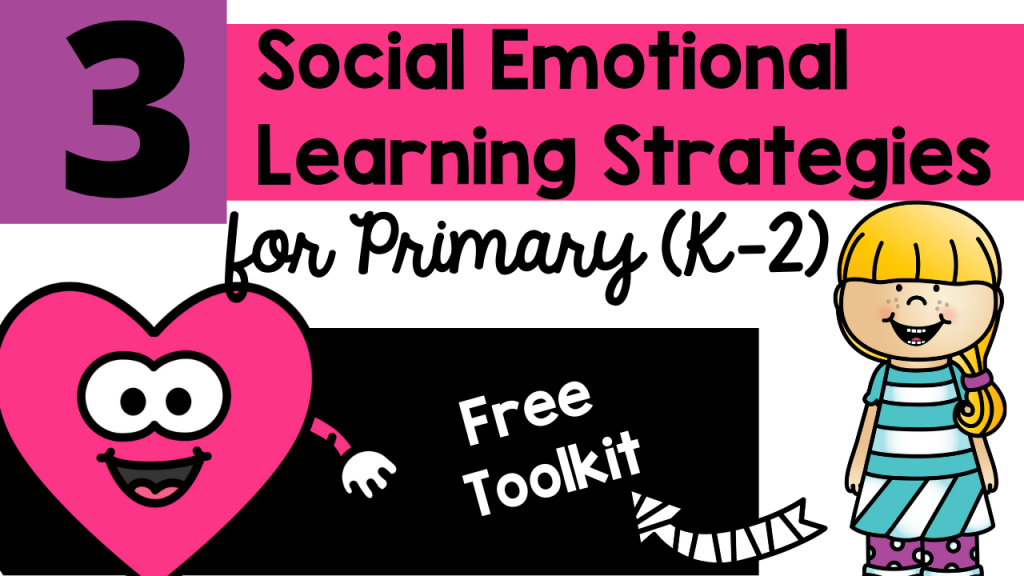 It also involves understanding social norms for behavior and recognizing family, school, and community resources and supports.
It also involves understanding social norms for behavior and recognizing family, school, and community resources and supports.
Relationship Skills
Relationship skills help students establish and maintain healthy and rewarding relationships, and to act in accordance with social norms. These skills involve communicating clearly, listening actively, cooperating, resisting inappropriate social pressure, negotiating conflict constructively, and seeking help when it is needed.
Responsible Decision Making
Responsible decision making involves learning how to make constructive choices about personal behavior and social interactions across diverse settings. It requires the ability to consider ethical standards, safety concerns, accurate behavioral norms for risky behaviors, the health and well-being of self and others, and to make realistic evaluation of various actions' consequences.
School is one of the primary places where students learn social and emotional skills. An effective SEL program should incorporate four elements represented by the acronym SAFE (Durlak et al., 2010, 2011):
An effective SEL program should incorporate four elements represented by the acronym SAFE (Durlak et al., 2010, 2011):
- Sequenced: connected and coordinated sets of activities to foster skills development
- Active: active forms of learning to help students master new skills
- Focused: emphasis on developing personal and social skills
- Explicit: targeting specific social and emotional skills
The Short- and Long-Term Benefits of SEL
Students are more successful in school and daily life when they:
- Know and can manage themselves
- Understand the perspectives of others and relate effectively with them
- Make sound choices about personal and social decisions
These social and emotional skills are some of several short-term student outcomes that SEL programs promote (Durlak et al., 2011; Farrington et al., 2012; Sklad et al., 2012). Other benefits include:
- More positive attitudes toward oneself, others, and tasks including enhanced self-efficacy, confidence, persistence, empathy, connection and commitment to school, and a sense of purpose
- More positive social behaviors and relationships with peers and adults
- Reduced conduct problems and risk-taking behavior
- Decreased emotional distress
- Improved test scores, grades, and attendance
In the long run, greater social and emotional competence can increase the likelihood of high school graduation, readiness for postsecondary education, career success, positive family and work relationships, better mental health, reduced criminal behavior, and engaged citizenship (e.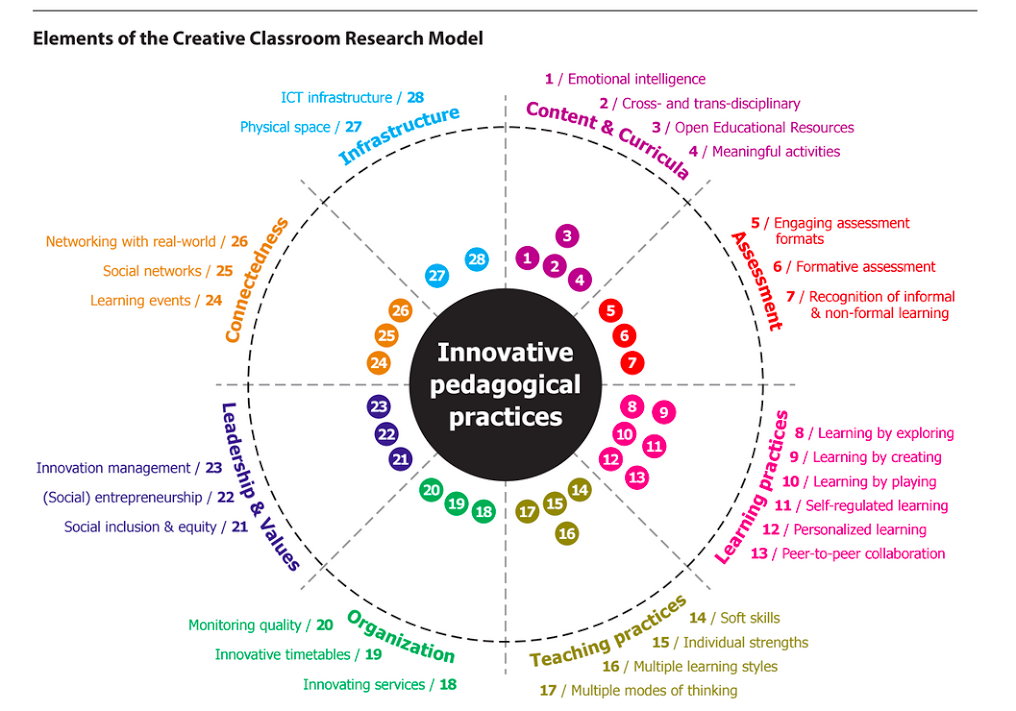 g., Hawkins, Kosterman, Catalano, Hill, & Abbott, 2008; Jones, Greenberg, & Crowley, 2015).
g., Hawkins, Kosterman, Catalano, Hill, & Abbott, 2008; Jones, Greenberg, & Crowley, 2015).
Building SEL Skills in the Classroom
Promoting social and emotional development for all students in classrooms involves teaching and modeling social and emotional skills, providing opportunities for students to practice and hone those skills, and giving students an opportunity to apply these skills in various situations.
One of the most prevalent SEL approaches involves training teachers to deliver explicit lessons that teach social and emotional skills, then finding opportunities for students to reinforce their use throughout the day. Another curricular approach embeds SEL instruction into content areas such as English language arts, social studies, or math (Jones & Bouffard, 2012; Merrell & Gueldner, 2010; Yoder, 2013; Zins et al., 2004). There are a number of research-based SEL programs that enhance students' competence and behavior in developmentally appropriate ways from preschool through high school (Collaborative for Academic, Social, and Emotional Learning, 2013, 2015).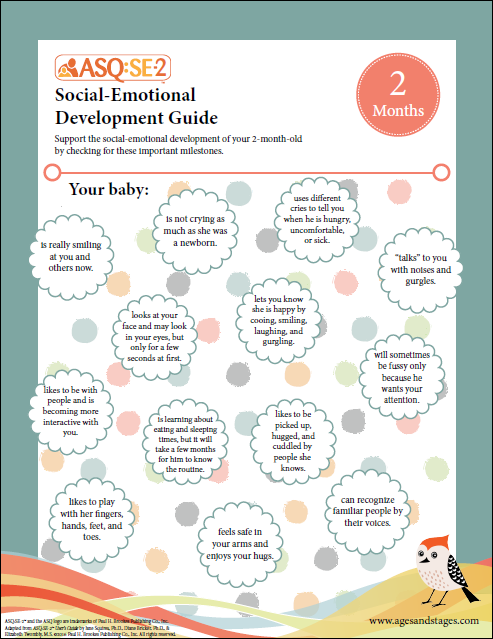
Teachers can also naturally foster skills in students through their interpersonal and student-centered instructional interactions throughout the school day. Adult-student interactions support SEL when they result in positive student-teacher relationships, enable teachers to model social-emotional competencies for students, and promote student engagement (Williford & Sanger Wolcott, 2015). Teacher practices that provide students with emotional support and create opportunities for students' voice, autonomy, and mastery experiences promote student engagement in the educational process.
How Schools Can Support SEL
At the school level, SEL strategies typically come in the form of policies, practices, or structures related to climate and student support services (Meyers et al., in press). Safe and positive school climates and cultures positively affect academic, behavioral, and mental health outcomes for students (Thapa, Cohen, Guffey, & Higgins-D'Alessandro, 2013).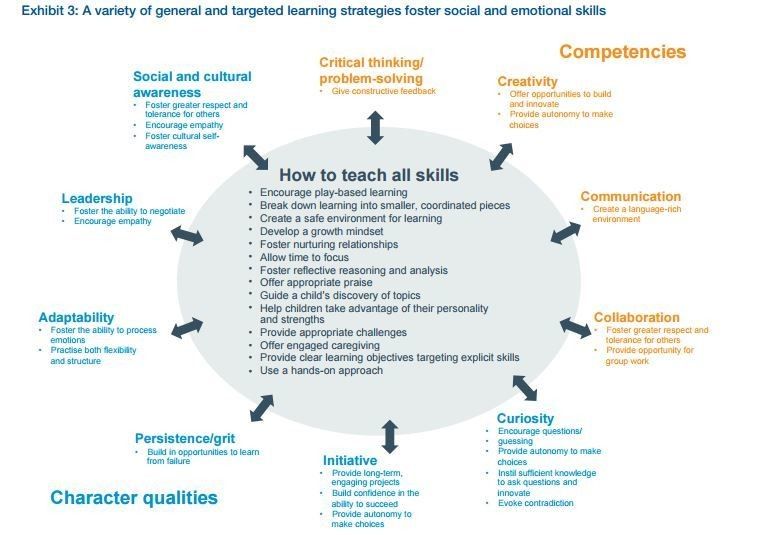 School leaders play a critical role in fostering schoolwide activities and policies that promote positive school environments, such as establishing a team to address the building climate; adult modeling of social and emotional competence; and developing clear norms, values, and expectations for students and staff members.
School leaders play a critical role in fostering schoolwide activities and policies that promote positive school environments, such as establishing a team to address the building climate; adult modeling of social and emotional competence; and developing clear norms, values, and expectations for students and staff members.
Fair and equitable discipline policies and bullying prevention practices are more effective than purely behavioral methods that rely on reward or punishment (Bear et al., 2015). School leaders can organize activities that build positive relationships and a sense of community among students through structures such as regularly scheduled morning meetings or advisories that provide students with opportunities to connect with each other.
An important component of schoolwide SEL involves integration into multi-tiered systems of support. The services provided to students by professionals such as counselors, social workers, and psychologists should align with universal efforts in the classroom and building.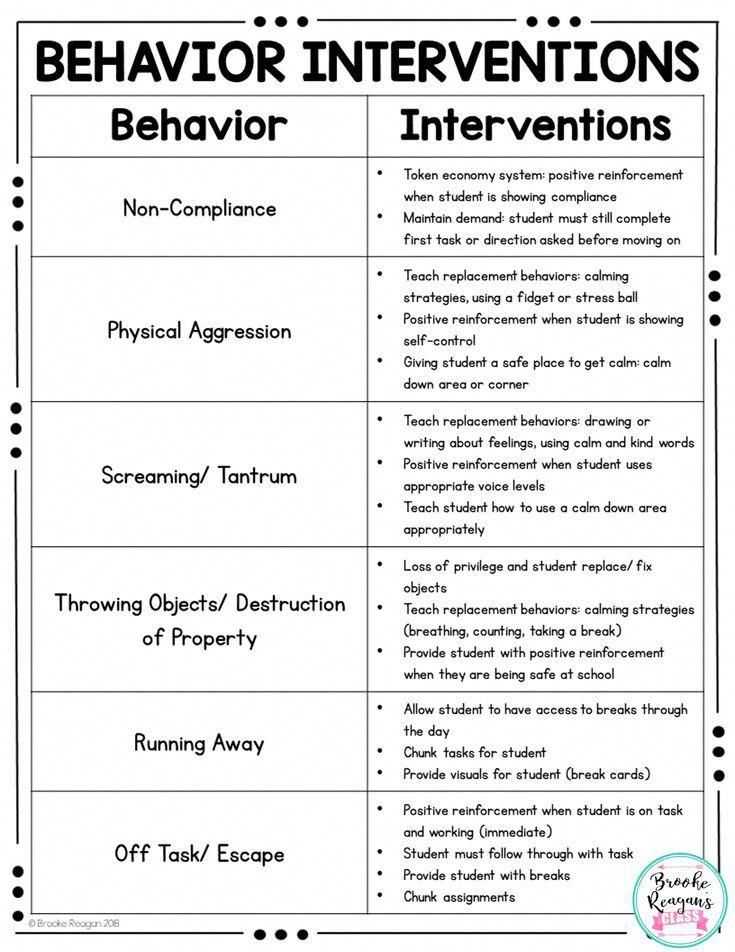 Often through small-group work, student support professionals reinforce and supplement classroom-based instruction for students who need early intervention or more intensive treatment.
Often through small-group work, student support professionals reinforce and supplement classroom-based instruction for students who need early intervention or more intensive treatment.
Building Family and Community Partnerships
Family and community partnerships can strengthen the impact of school approaches to extending learning into the home and neighborhood. Community members and organizations can support classroom and school efforts, especially by providing students with additional opportunities to refine and apply various SEL skills (Catalano et al., 2004).
After-school activities also provide opportunities for students to connect with supportive adults and peers (Gullotta, 2015). They are a great venue to help youth develop and apply new skills and personal talents. Research has shown that after-school programs focused on social and emotional development can significantly enhance student self-perceptions, school connectedness, positive social behaviors, school grades, and achievement test scores, while reducing problem behaviors (Durlak et al. , 2010).
, 2010).
SEL can also be fostered in many settings other than school. SEL begins in early childhood, so family and early childcare settings are important (Bierman & Motamedi, 2015). Higher education settings also have the potential to promote SEL (Conley, 2015).
For more information about the latest advances in SEL research, practice and policy, visit the Collaborative for Academic, Social, and Emotional Learning website.
Notes
- Bear, G.G., Whitcomb, S.A., Elias, M.J., & Blank, J.C. (2015). "SEL and Schoolwide Positive Behavioral Interventions and Supports." In J.A. Durlak, C.E. Domitrovich, R.P. Weissberg, & T.P. Gullotta (Eds.), Handbook of Social and Emotional Learning. New York: Guilford Press.
- Bierman, K.L. & Motamedi, M. (2015). "SEL Programs for Preschool Children". In J.A. Durlak, C.E. Domitrovich, R.P. Weissberg, & T.P. Gullotta (Eds.), Handbook of Social and Emotional Learning. New York: Guilford Press.
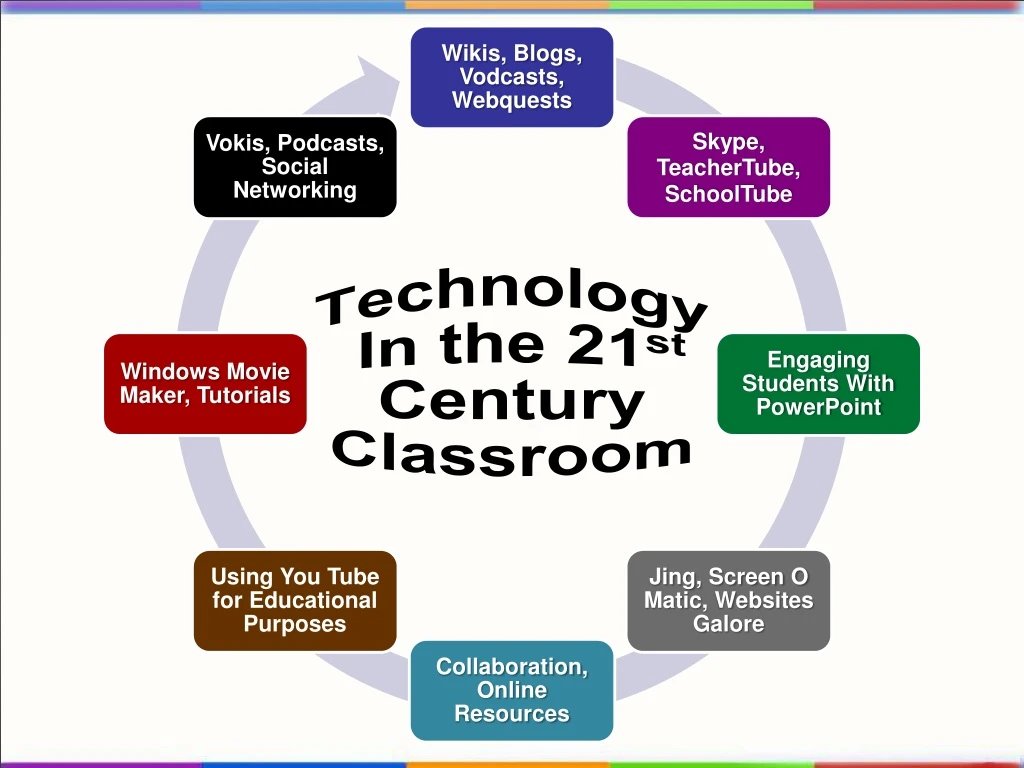
- Catalano, R.F., Berglund, M.L., Ryan, J.A., Lonczak, H.S., & Hawkins, J.D. (2004). "Positive youth development in the United States: Research findings on evaluations of positive youth development programs." The Annals of the American Academy of Political and Social Science, 591(1), pp.98-124.
- Collaborative for Academic, Social, and Emotional Learning. (2013). 2013 CASEL Guide: Effective social and emotional learning programs - Preschool and elementary school edition. Chicago, IL: Author.
- Collaborative for Academic, Social, and Emotional Learning. (2015). 2015 CASEL Guide: Effective social and emotional learning programs - Middle and high school edition. Chicago, IL: Author.
- Conley, C.S. (2015). "SEL in Higher Education." In J.A. Durlak, C.E. Domitrovich, R.P. Weissberg, & T.P. Gullotta (Eds.), Handbook of Social and Emotional Learning. New York: Guilford Press.
- Durlak, J.A., Weissberg, R.P., Dymnicki, A.
 B., Taylor, R.D., & Schellinger, K.B. (2011). "The impact of enhancing students' social and emotional learning: A meta-analysis of school-based universal interventions." Child Development, 82, pp.405-432.
B., Taylor, R.D., & Schellinger, K.B. (2011). "The impact of enhancing students' social and emotional learning: A meta-analysis of school-based universal interventions." Child Development, 82, pp.405-432. - Durlak, J.A., Weissberg, R.P., & Pachan, M. (2010). "A meta-analysis of after-school programs that seek to promote personal and social skills in children and adolescents." American Journal of Community Psychology, 45, pp.294-309.
- Farrington, C.A., Roderick, M., Allensworth, E., Nagaoka, J., Keyes, T.S., Johnson, D.W., & Beechum, N.O. (2012). Teaching Adolescents to Become Learners: The Role of Noncognitive Factors in Shaping School Performance: A Critical Literature Review. Consortium on Chicago School Research.
- Gullotta, T.P. (2015). "After-School Programming and SEL." In J.A. Durlak, C.E. Domitrovich, R.P. Weissberg, & T.P. Gullotta (Eds.), Handbook of Social and Emotional Learning. New York: Guilford Press.
- Hawkins, J.
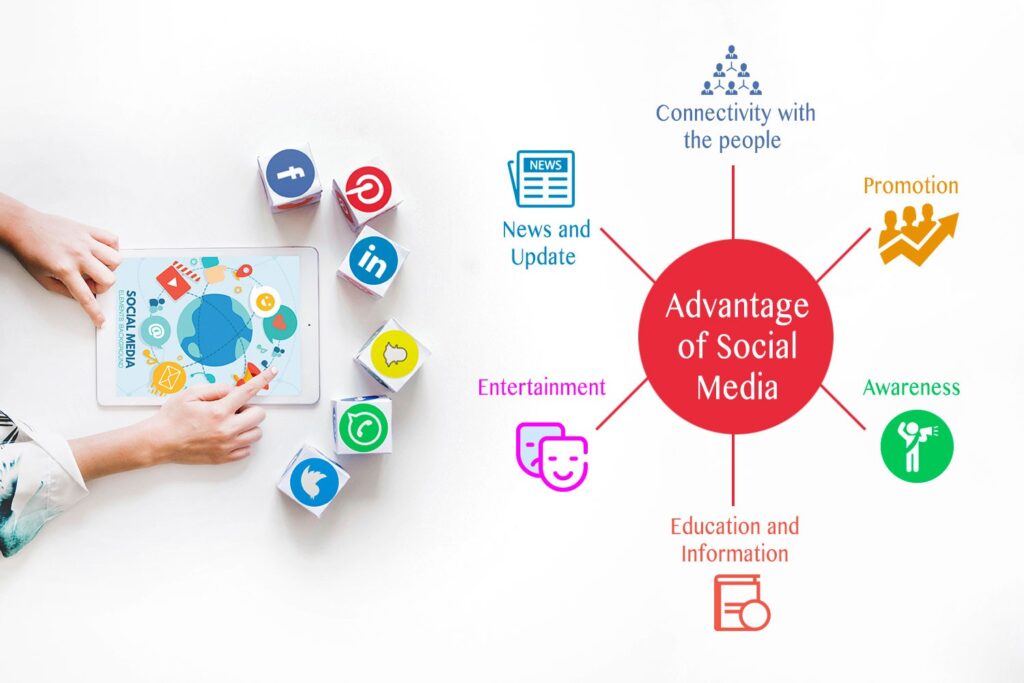 D., Kosterman, R., Catalano, R.F., Hill, K.G., & Abbott, R.D. (2008). "Effects of social development intervention in childhood 15 years later." Archives of Pediatrics & Adolescent Medicine, 162(12), pp.1133-1141.
D., Kosterman, R., Catalano, R.F., Hill, K.G., & Abbott, R.D. (2008). "Effects of social development intervention in childhood 15 years later." Archives of Pediatrics & Adolescent Medicine, 162(12), pp.1133-1141. - Jones, D.E., Greenberg, M., & Crowley, M. (2015). "Early social-emotional functioning and public health: The relationship between kindergarten social competence and future wellness." American Journal of Public Health, 105(11), pp.2283-2290.
- Jones, S.M. & Bouffard, S.M. (2012). "Social and emotional learning in schools: From programs to strategies." Social Policy Report, 26(4), pp.1-33.
- Merrell, K.W. & Gueldner, B.A. (2010). Social and emotional learning in the classroom: Promoting mental health and academic success. New York: Guilford Press.
- Meyers, D., Gil, L., Cross, R., Keister, S., Domitrovich, C.E., & Weissberg, R.P. (in press). CASEL guide for schoolwide social and emotional learning.
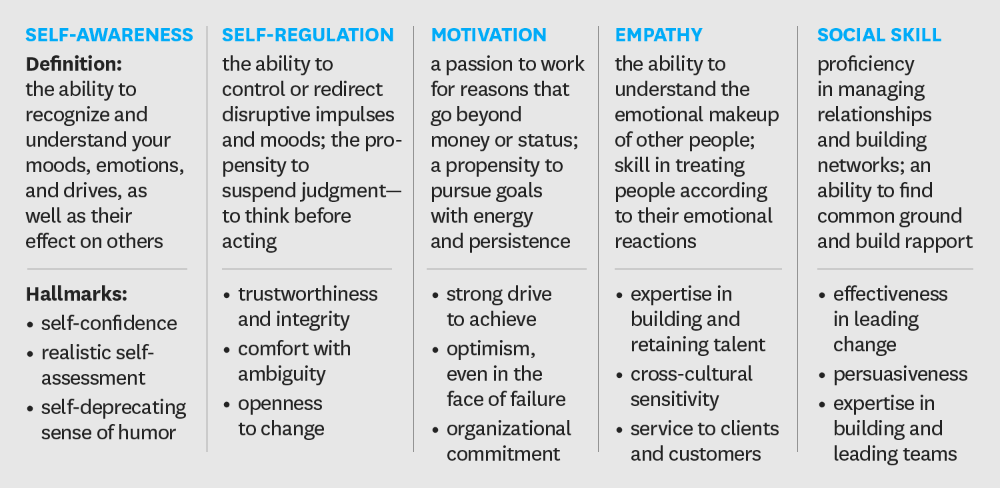 Chicago: Collaborative for Academic, Social, and Emotional Learning.
Chicago: Collaborative for Academic, Social, and Emotional Learning. - Sklad, M., Diekstra, R., Ritter, M.D., Ben, J., & Gravesteijn, C. (2012). "Effectiveness of school-based universal social, emotional, and behavioral programs: Do they enhance students' development in the area of skill, behavior, and adjustment?" Psychology in the Schools, 49(9), pp.892-909.
- Thapa, A., Cohen, J., Gulley, S., & Higgins-D'Alessandro, A. (2013). "A review of school climate research." Review of Educational Research, 83(3), pp.357-385.
- Williford, A.P. & Wolcott, C.S. (2015). "SEL and Student-Teacher Relationships." In J.A. Durlak, C.E. Domitrovich, R.P. Weissberg, & T.P. Gullotta (Eds.), Handbook of Social and Emotional Learning. New York: Guilford Press.
- Yoder, N. (2013). Teaching the whole child: Instructional practices that support social and emotional learning in three teacher evaluation frameworks. Washington, DC: American Institutes for Research Center on Great Teachers and Leaders.
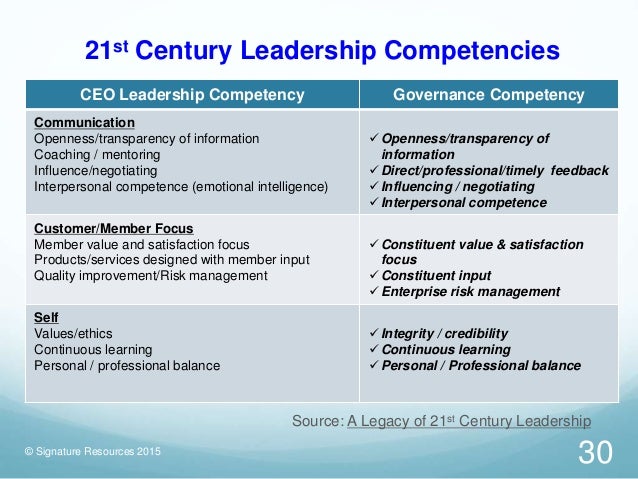
- Zins, J.E., Weissberg, R.P., Wang, M.C., & Walberg, H.J. (Eds.). (2004). Building academic success on social and emotional learning: What does the research say? New York: Teachers College Press.
What is Social Emotional Learning (SEL): Why It Matters
Skip to ContentHome » What is Social Emotional Learning (SEL): Why It Matters
Social Emotional Learning (SEL), what is it, and why does it matter to educators? As an educator, some of the worst things you can hear a student say is, “This is stupid,” or “Why are we learning this?” Think back to when you were in school and the subjects that caused you the most frustration.
You’d likely find some common ground with your students in wishing you were given clear reasons why something was important and how learning a subject or skill would benefit you now, as well as years later. That frustration and finding constructive ways to deal with emotions and interact with one another in respectful ways are just a few of the guiding principles behind social emotional learning, or SEL.
Today, in an ever-diversifying world, the classroom is the place where students are often first exposed to people who hail from a range of different backgrounds, hold differing beliefs, and have unique capabilities. To account for these differences and help put all students on an equal footing to succeed, social and emotional learning (SEL) aims to help students better understand their thoughts and emotions, to become more self-aware, and to develop more empathy for others within their community and the world around them.
Developing these qualities in the classroom can help students become better, more productive, self-aware, and socially-aware citizens outside of the classroom in the years ahead. Learn more about the importance of social emotional learning, as well as its benefits both in and out of the classroom.
Table of contents
- What is Social Emotional Learning (SEL)?
- The Five Social Emotional Learning Competencies
- How Educators Approach SEL
- The Benefits of SEL
- What is Social Emotional Learning Theory?
- Incorporate Social Emotional Learning in the Classroom
- Measuring Social-Emotional Learning Impact
- Why is SEL Important?
Social emotional learning (SEL) is a methodology that helps students of all ages to better comprehend their emotions, to feel those emotions fully, and demonstrate empathy for others.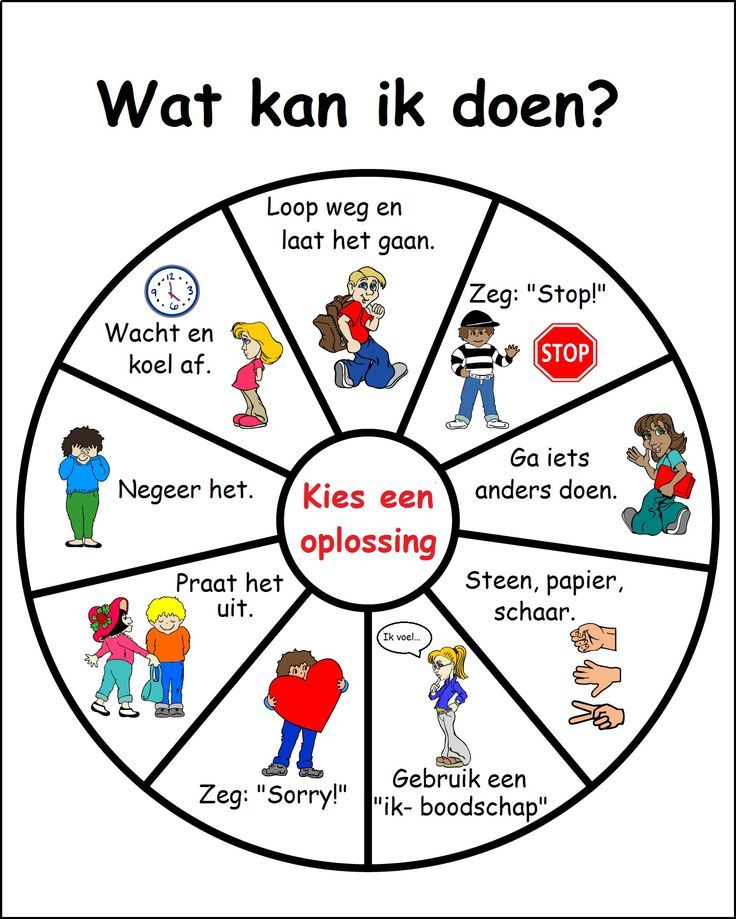 These learned behaviors are then used to help students make positive, responsible decisions; create frameworks to achieve their goals, and build positive relationships with others
These learned behaviors are then used to help students make positive, responsible decisions; create frameworks to achieve their goals, and build positive relationships with others
According to the Collaborative for Academic, Social, and Emotional Learning (CASEL), an organization devoted to students and educators to help achieve positive outcomes for PreK-12 students, SEL involves five core competencies that can be applied in both the classroom, at home, and in students’ communities. These five core competencies are:
Self-awareness
To recognize your emotions and how they impact your behavior; acknowledging your strengths and weaknesses to better gain confidence in your abilities.
Self-management
To take control and ownership of your thoughts, emotions, and actions in various situations, as well as setting and working toward goals.
The ability to put yourself in the shoes of another person who may be from a different background or culture from the one you grew up with.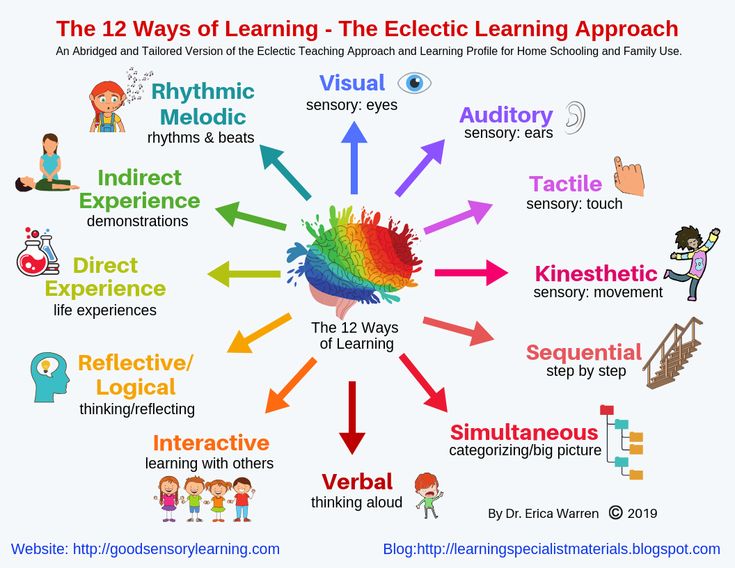 To act with empathy and in an ethical manner within your home, school, and community.
To act with empathy and in an ethical manner within your home, school, and community.
Relationship skills
The ability to build and maintain healthy relationships with people from a diverse range of backgrounds. This competency focuses on listening to and being able to communicate with others, peacefully resolving conflict, and knowing when to ask for or offer help.
Making responsible decisions
Choosing how to act or respond to a situation is based on learned behaviors such as ethics, safety, weighing consequences, and the well-being of others, as well as yourself.
How Educators Approach SEL
While SEL isn’t a designated subject like history or math, it can be woven into the fabric of a school’s curriculum. When educators make academic lessons more personal and relatable to students, students may be more inclined to participate and may be less likely to mentally check out during their subjects. By fostering a sense of empathy, self-awareness, and feelings of safety and inclusiveness in the classroom, SEL can have a positive impact that lasts a lifetime.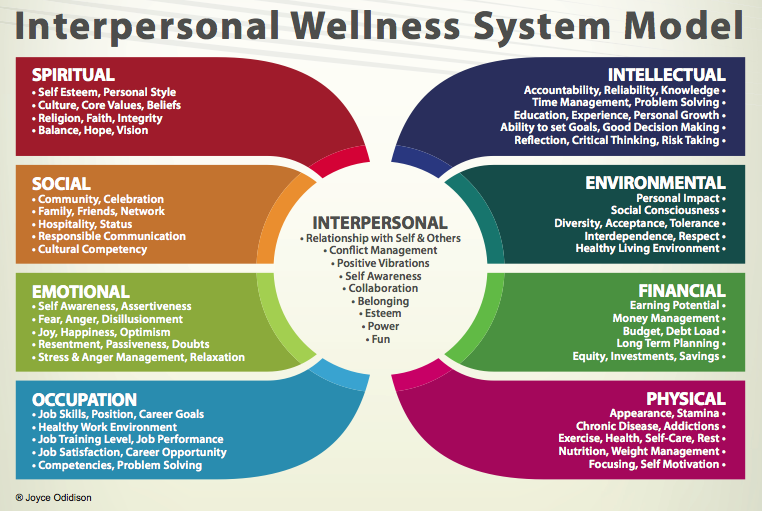
There are several different approaches to SEL. Some teachers have a more formally designated portion of the school day devoted to SEL — sometimes taught in homeroom. These lessons become a recurring theme throughout the rest of the school day to help make the core competencies of SEL more real to students.
Teachers may want to have students journal or write about their thoughts and feelings on a particular SEL lesson, or even have younger students partner with an older “buddy classroom” (or vice versa) to help students across different age levels bond or find common ground.
Other teachers work SEL-related lessons into more formal subjects, like math, history, or reading. For instance, examples of SEL-in-action can include assigning a group project where students self-delegate roles to work together for the good of the group, role playing as historical figures to understand the rationale behind a person’s actions, or for students to conduct formal interviews with one another to take a pulse-check on current events.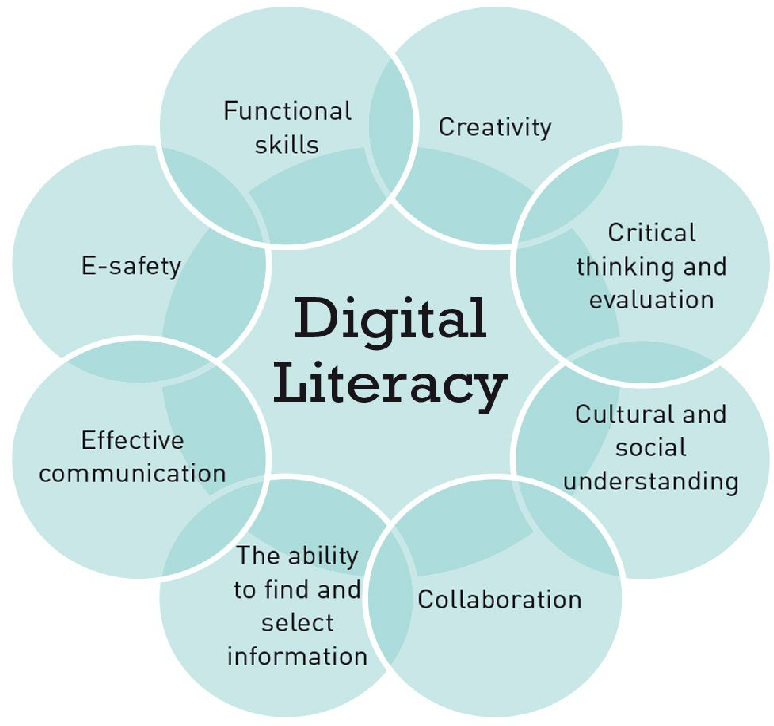
Teachers can also work with students to set goals in areas where they may need improvement and help chart their progress, giving them a measurable way to show their achievement and feel a sense of accomplishment.
The Benefits of SEL
SEL is beneficial to both children and adults, increasing self-awareness, academic achievement, and positive behaviors both in and out of the classroom. From an academic standpoint, students who participated in SEL programs saw an 11 percentile increase in their overall grades and better attendance. On a more individual level, the skills learned within an SEL program have been shown to help students better cope with emotional stress, solve problems, and avoid peer pressure to engage in harmful activities.
Students who are equipped to deal with problems that affect them on a personal level are then better able to navigate the pressures of adult life. A report by the AEI/Brookings Working Group on Poverty and Opportunity noted that, “despite their importance to education, employment, and family life, the major educational and social reforms of the K-12 system over the last few decades have not focused sufficiently on the socio-emotional factors that are crucial to learning.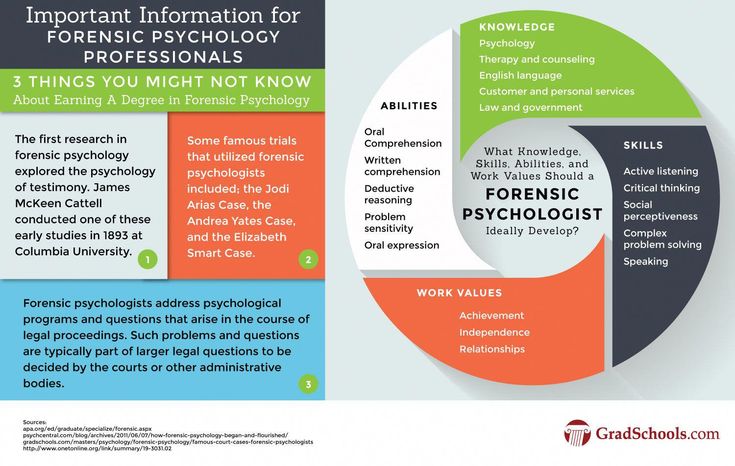 ”
”
A study published by the American Journal of Public Health used data from the longitudinal, nonintervention subsample of the Fast Track Project, an intervention program designed to reduce aggression in children identified as at high risk for long-term behavioral problems and conduct disorders.
When educators are able to see which students do not grasp the core pillars of SEL, they can better work with them at an early age and help these students develop better self-control, empathy, and other positive qualities. Learning positive behaviors that extend beyond a purely academic level of achievement can help these students develop the “soft skills” required of many jobs, such as teamwork, and ability to understand others, and problem-solving. This can help set these students up for success throughout their school years and beyond.
Broadly speaking, social and emotional learning (SEL) refers to the process through which individuals learn and apply a set of social, emotional, and related skills, attitudes, behaviors, and values that help direct students.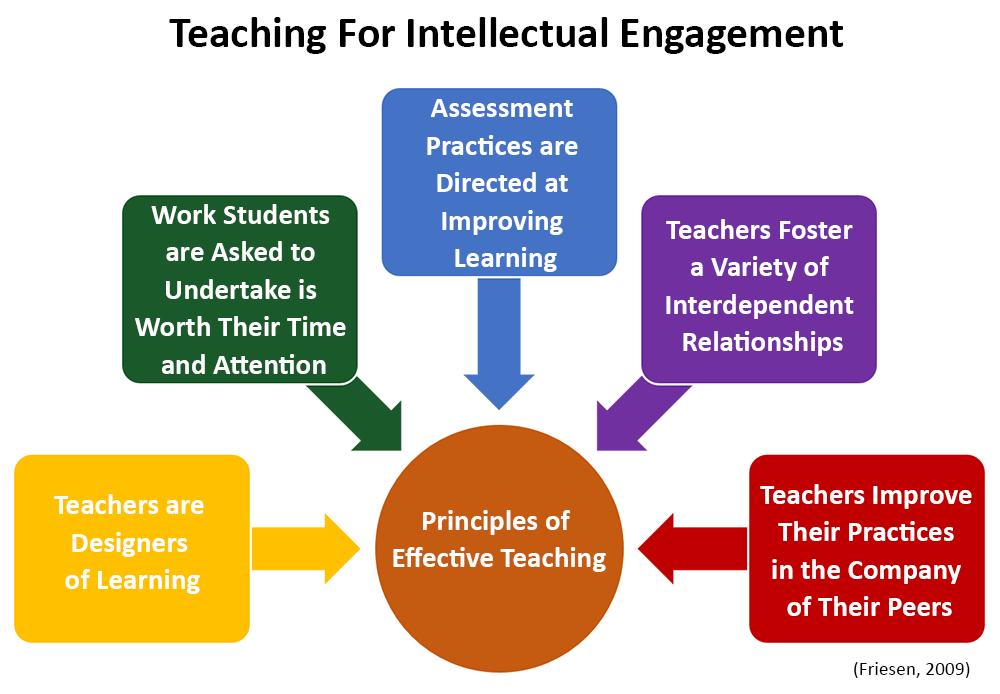 This includes thoughts, feelings, and actions in ways that enable them to succeed in school. However, SEL has been defined in a variety of ways (Humphrey et al., 2011).
This includes thoughts, feelings, and actions in ways that enable them to succeed in school. However, SEL has been defined in a variety of ways (Humphrey et al., 2011).
There are many ways to incorporate SEL in the classroom. The main idea is to provide an ongoing SEL influence throughout the day. In the beginning, you could start by checking in with students to see how they feel. Another great way is to provide students the opportunity to see how a tricky or troubling situation is being handled. This will give them some ideas on how to handle a tricky situation they may encounter. Utilizing students to role-play in front of the class would be a viable example. Make sure there is a place for students to calm down. This safe space will allow for the student to reflect.
Measuring the impact of implementing SEL inside the classroom goes way beyond just grades. As Dr. Christina Cipriano explains, “When students are struggling and school performance is poor, they are more likely to find school and learning as a source of anxiety, manifesting in diminished self-efficacy, motivation, engagement, and connectedness with school.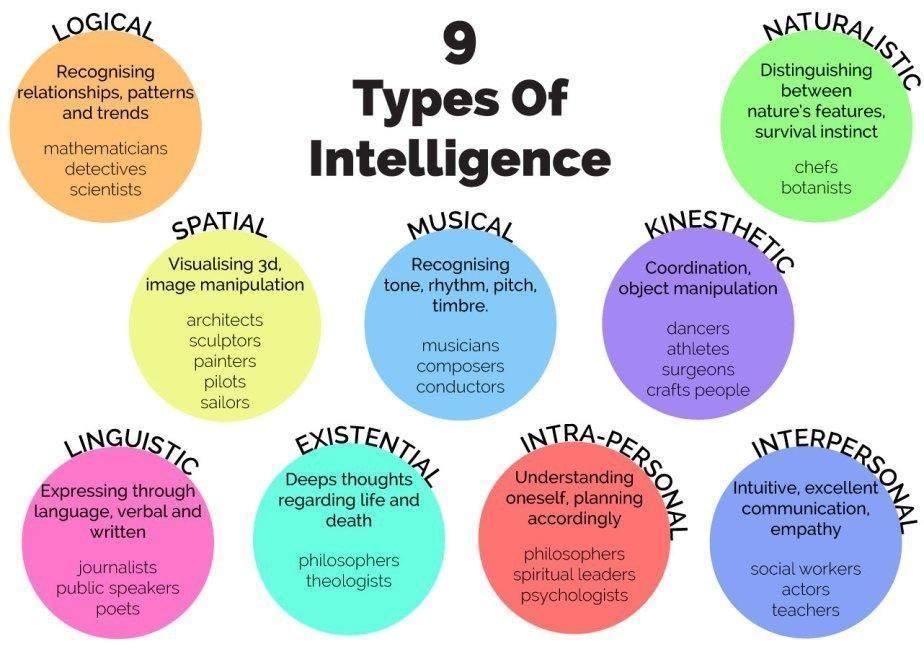 ”
”
As a student is provided the tools associated with SEL, they will have more ownership of their actions, a sense of belonging, and will intrinsically care about their education. A student that has had consistent exposure to SEL is able to manage stress better and reduces the chance for that child to become depressed.
Why is SEL Important?
While SEL has been more formally stood up as a program in preschools throughout all 50 states, very few states have made SEL a designated part of school curriculum at the elementary, middle, and high school levels. To date, only three states have a fully-designed set of standards for SEL programs with benchmarks for students at every grade level from K-12, according to the AEI/Brookings report. These states are Illinois, Kansas, and Pennsylvania.
Because so few states have made SEL a part of their curriculum for K-12 students, statistical evidence showing the benefits of SEL has been anecdotal. However, preschool-age children who were able to participate in an SEL program and learned these principles early on in their school career were able to reap the intended benefits. As more states and schools consider weaving SEL into their curriculum, it can provide educators with more statistically significant evidence of the program’s positive impact.
As more states and schools consider weaving SEL into their curriculum, it can provide educators with more statistically significant evidence of the program’s positive impact.
Ready to Take the Next Step?
Becoming a teacher can be a rewarding experience that helps a new generation reach new heights and their full potential. If you’ve considered becoming a teacher, visit our program page to learn how National University’s Sanford College of Education can help you achieve your goal. Learn more about our on-campus and online degrees and programs. You can also hear more from our students and faculty.
Back to All Blog
Learn More About Our University and Scholarships
Join our email list!
Recent Resources
Your passion. Our Programs.
Choose an Area of Study
Teaching & Education Business & Marketing Healthcare & Nursing Social Sciences & Psychology Engineering & Technology Criminal Justice & Law Arts & Humanities Science & Math
Your passion.
 Our Programs.
Our Programs.Select a degree level
View ProgramsSearch the site
Modal window with site-search and helpful links
Terms & Conditions
By checking this box as my electronic signature and submitting this form by clicking the Request Info button above, I provide my express written consent to representatives of National University and National University System affiliates (City University of Seattle, Northcentral University and National University Virtual High School) to contact me about educational opportunities, and to send phone calls, and/or SMS/Text Messages – using automated technology, including automatic dialing system and pre-recorded and artificial voice messages – to the phone numbers (including cellular) and e-mail address(es) I have provided. I confirm that the information provided on this form is accurate and complete. I also understand that certain degree programs may not be available in all states. Message and data rates may apply.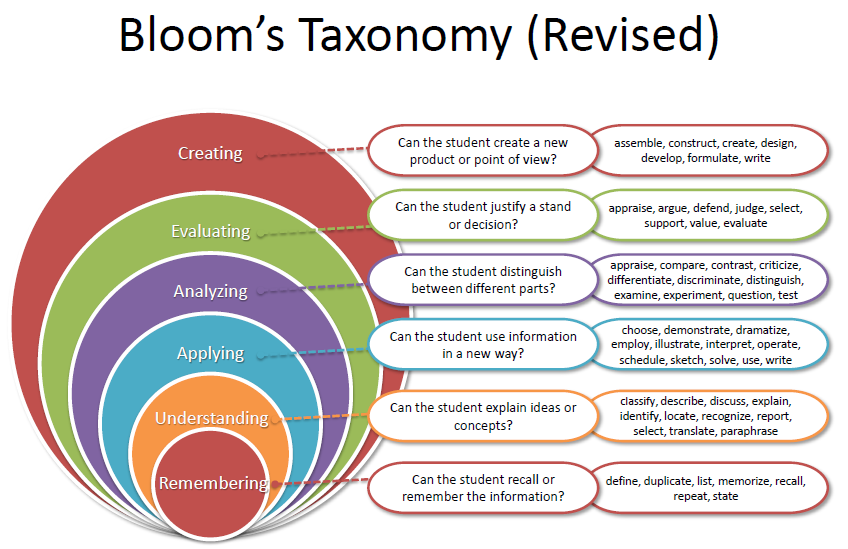
I understand that consent is not a condition to purchase any goods, services or property, and that I may withdraw my consent at any time by sending an email to [email protected].
I understand that if I am submitting my personal data from outside of the United States, I am consenting to the transfer of my personal data to, and its storage in, the United States, and I understand that my personal data will be subject to processing in accordance with U.S. laws, unless stated otherwise in our privacy policy. Please review our privacy policy for more details or contact us at [email protected].
Social-emotional learning. New technology? — Didaktor
In recent years, the scientific and pedagogical community in Russia has increasingly attached importance to the technology of social-emotional learning (SEL). Scientific and practical conferences on this topic are held, foreign experts are invited to conduct seminars.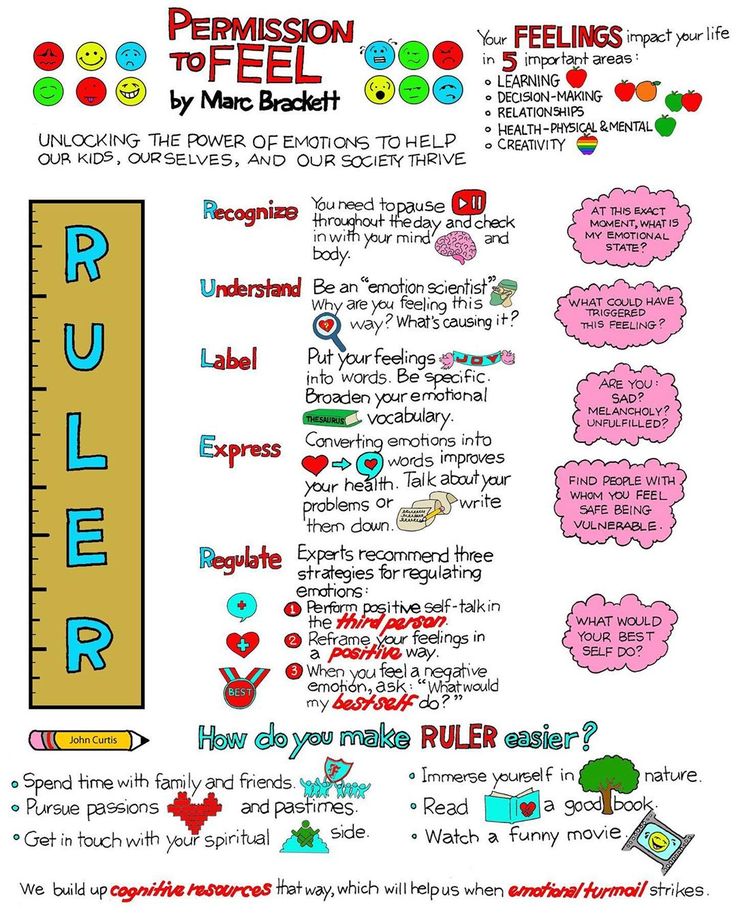 master classes and trainings. Of course, even the name itself will arouse the interest of practicing teachers. And, of course, the features and relevance of this technology are of interest.
master classes and trainings. Of course, even the name itself will arouse the interest of practicing teachers. And, of course, the features and relevance of this technology are of interest.
what does SOCIO-EMOTIONAL LEARNING mean?
Social Emotional Learning (SEL) refers to the acquisition by students of the skills to recognize and manage emotions, develop empathy and concern for others, make responsible decisions, establish positive relationships and effectively deal with difficult life situations that arise,
In short, it concerns formation of self-management skills, a positive attitude towards others and making responsible decisions.
KEY SOCIAL AND EMOTIONAL SKILLS
SEL co-creator Davide Antognazza identifies five interrelated sets of cognitive, affective, and behavioral competencies, and they are combined into five key areas of social and emotional skills.
| Self-consciousness | Identification and recognition of emotions |
| Accurate self-perception | |
| Recognizing strengths, needs and values | |
| Self-efficacy | |
| Spirituality | |
| Public recognition | Perspective |
| empathy | |
| Diversity recognition | |
| Respect for others | |
| Municipality |
Basic PRINCIPLES of Social Emotional Learning
Four key principles are usually considered.
Principle 1: The Core Values of underpin this technology as they shape the student's behavior. The development of a set of actions without substantiating values will lead to inconsistency in purpose and behavior, actions.
Principle 2. Social and emotional skills must be taught to students so that they can use them adequately. These skills will help them meet future challenges. Five key skill areas :
- self-awareness,
- social awareness,
- local government,
- relationship management
- responsible decision making.
Teaching students social and emotional skills can be explicit, through special lessons and conversations, or hidden - through learning moments, modeling behavioral, moral and problematic situations.
Principle 3: Schools play an important role in teaching social and emotional skills because school leaders and teachers can and should be strong role models.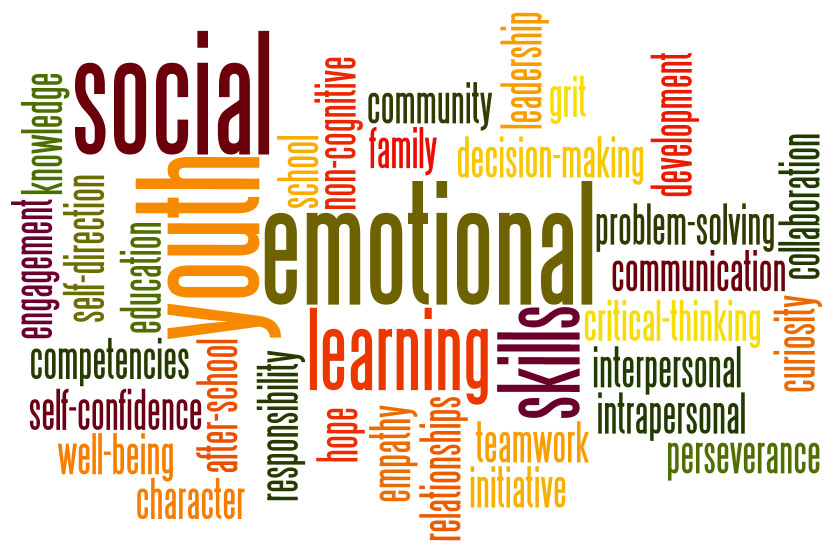 In addition, the school environment is an important means of teaching students, a platform for the formation of social and emotional skills.
In addition, the school environment is an important means of teaching students, a platform for the formation of social and emotional skills.
Principle 4: Children with social and emotional skills attached to sound values will be able to demonstrate good, formed character and strong citizenship.
expected RESULTS SEL
Through social-emotional learning technology, students acquire the skills, knowledge and behavior to effectively manage themselves . Pupils are ready to form adequate relationships with others and make responsible decisions necessary for personal and social well-being. Research shows strong links between SEL scores and students in the areas of intelligence, development, character building, school performance, career success, and civic responsibility.
SEL is an important part of education and training to prepare students for life and preparation for adulthood in the 21st century.
SEL And Learning Environment
SEL technology is more productive in the context of a safe, comfortable learning environment. A key factor in such an environment is a trusting relationship between teacher and student. Where such relationships exist with their teachers, students see and understand that they are respected, supported and valued as individuals.
A key factor in such an environment is a trusting relationship between teacher and student. Where such relationships exist with their teachers, students see and understand that they are respected, supported and valued as individuals.
Clearly, a positive teacher-student relationship contributes to the quality of learning, social and emotional development, and behavioral competence.
Building social and emotional competence, together with positive and supportive relationships in the school community, promotes teacher support and increases student motivation and school success.
Headings: To help the teacher, upbringing, Education, Problems of the modern school | Tags: pedagogical technique5 Social-Emotional Learning Skills Needed for Lagging Students
The Highly Emotional Adolescent Brain
Adolescents are notorious for being emotional and impulsive. It turns out that the teenage brain is to blame.
Thanks to neuro-technologies that allow us to literally look into the brain, we now have a neurological explanation for the disproportionate impulsivity of adolescents, their desire for risk and hypersensitivity to peer pressure.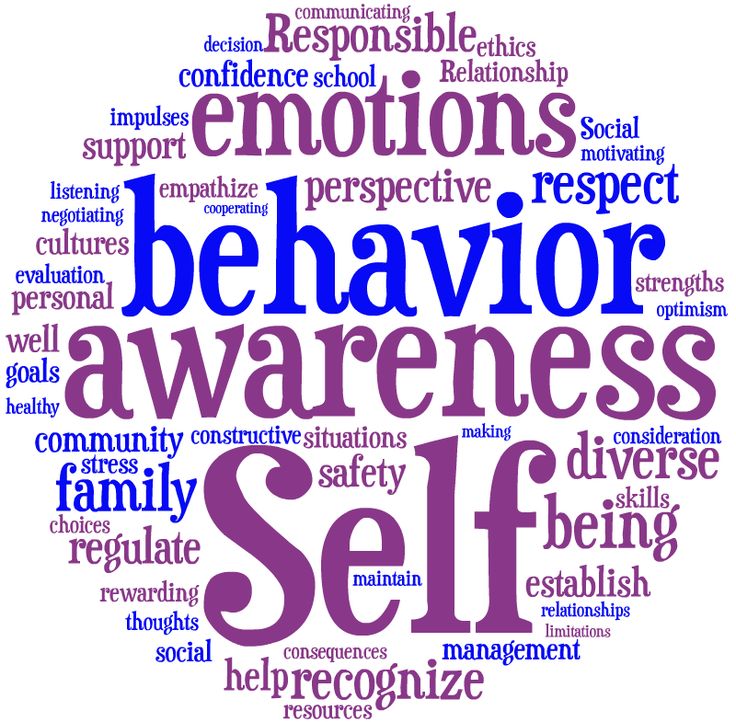
Simply put, the development of the adolescent "rational brain" or prefrontal cortex lags behind the development of the "emotional brain" or limbic system of the brain. This means that executive function skills such as impulse control and emotion regulation often lose out to strong desires for instant gratification and peer approval. And emotions like stress, frustration, or embarrassment cause a short circuit in the prefrontal cortex of the brain, making learning difficult.
Therefore, it is not surprising that students who are lagging behind in reading and learning are in such dire need of support for social-emotional learning (SEA). For such students, a specific reading teaching methodology that includes SEA skills is likely to be more effective than a traditional reading development program. An example of such a technique is Fast ForWord with its latest programs Foundations and Elements (for high school students). This technique was developed by eminent US neuroscientists and is aimed at developing the areas of the brain responsible for speech, reading and cognitive functions - key elements for successful learning.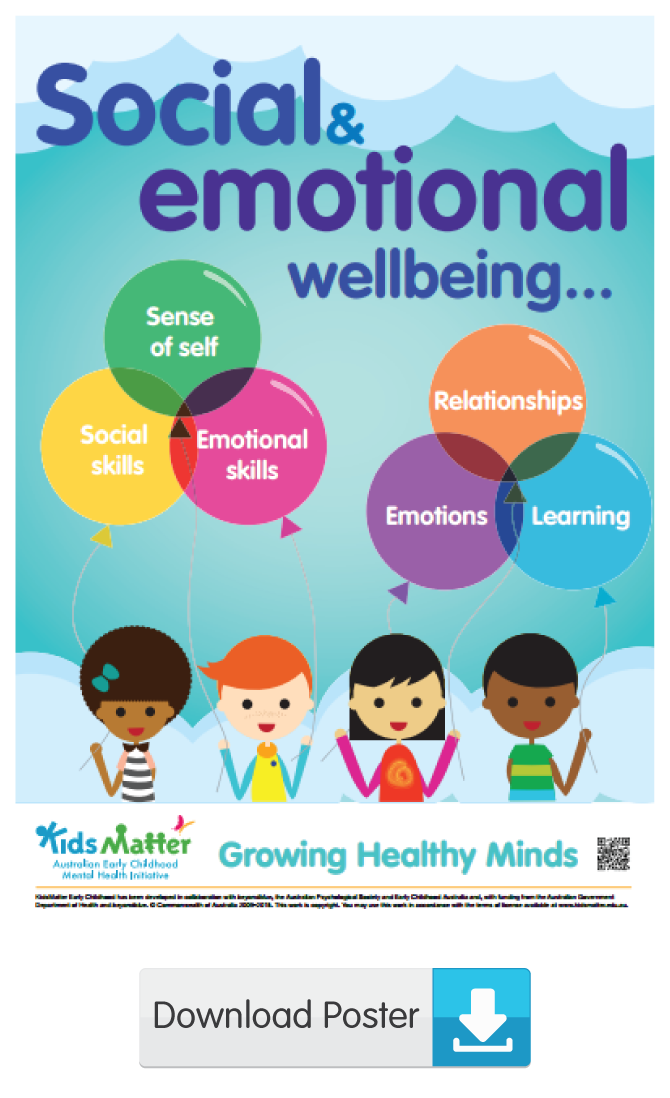
The social-emotional impact of reading retardation
When students lag behind in reading, their self-confidence drops as they become aware that they are lagging behind their peers. By the time they become teenagers, they may feel socially and emotionally isolated. Thus, a domino effect begins due to a lack of motivation to try to catch up, frustration in learning and, ultimately, low expectations from one's own prospects. Often students' negative emotions lead to their destructive behavior, which affects their relationship with peers and teachers, leading, among other things, to lesson disruptions, neglect or lack of participation in class work.
The best approach to overcome these socio-emotional barriers to student achievement is to develop social-emotional skills. As best-selling author and education expert Eric Jensen states in his book Teaching with the Brain in Mind, “Emotions and the mind do not exist separately; emotions, thinking and learning are interconnected. ”
”
But social-emotional learning is a big topic. What priorities should secondary school teachers set in teaching? Here are five social-emotional learning skills that are especially important for students in adolescence, and how the Foundations and Elements programs develop SEA skills and reading/learning skills at the same time.
The Five Socio-Emotional Learning Skills for High School Students
1. Self-confidence
at school. A series of repeated failures often leads to self-doubt and even conviction of one's own stupidity.
The real problem is often not learning disabilities, but finding the right way to unleash the true, limitless potential of students. And when students begin to achieve academic success, their confidence skyrockets, which in turn helps them to study even better, and this cycle continues endlessly.
The secret to success lies in the 80:20 ratio between success and difficulty. This proportion is provided by classes that are not too difficult, so as not to suppress the motivation to study, and at the same time, classes are not too easy, forcing the student to work hard.
This proportion is provided by classes that are not too difficult, so as not to suppress the motivation to study, and at the same time, classes are not too easy, forcing the student to work hard.
Students who regularly fall behind their peers in class are not used to a consistent 80% success rate. But if you arrange classes in such a way that these students are successful 80% of the time, they experience a surge of confidence that they can achieve their goals, instead of feeling overwhelmed by the fact that they are wrong all the time. The dopamine rush that accompanies this success also fires up students' intrinsic motivation to keep learning and succeeding.
Foundations and Elements are the latest Fast ForWord programs for slow learners. The exercises in these programs are constantly adapted to the student's abilities, the curriculum is designed to ensure that the student can consistently give at least 80% correct answers, with optimally timed rewards that keep students engaged and willing to learn. This system helps build self-confidence and ensures success in reading and learning.
This system helps build self-confidence and ensures success in reading and learning.
2. Healthy self-esteem
Students' increased confidence in their ability to learn and succeed creates a new sense of self - healthy self-esteem. Instead of thinking "I can't do this" or "I'm stupid", they set themselves up for success by believing in themselves: "I'm smart!".
One of the components of healthy self-esteem is flexible thinking, the belief that education makes a person successful, and not some intangible, innate ability to learn. The validity of this belief is rooted in the ability of the human brain to change, called neuroplasticity (brain plasticity). Neuroplasticity is the state of the brain as a flexible, experiential organ that can be constantly reprogrammed throughout life. Thanks to this, a person is never too late to learn new skills.
After early childhood, adolescence is the time when the brain is at its most plastic, with incredible potential for continued learning.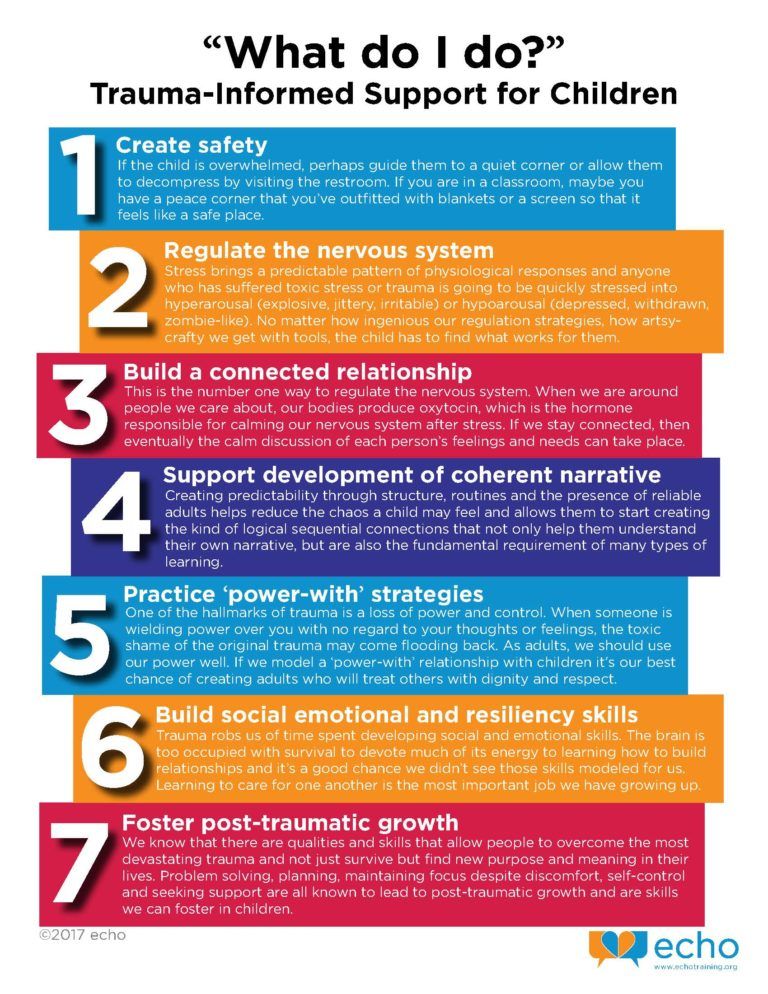 Thus, teenagers who need to strengthen their learning ability and confidence will greatly benefit from the development of flexible thinking.
Thus, teenagers who need to strengthen their learning ability and confidence will greatly benefit from the development of flexible thinking.
Educators and parents can instill flexible thinking in middle school students by thinking through their speech. When a student says, "I can't do it," the teacher can gently correct him, "You can't do it yet. But you can! When a child says, "I'm giving up," the parent can support, "I'll help you find another way to deal with this." Teachers and parents should avoid making statements like "it's easy" and instead make sure their students know that "it's okay to have trouble."
One of the leading neuroscientists who elucidated the role of human brain plasticity in learning was Michael Merzenich, often referred to as the "father of neuroplasticity." He is one of the founders of the Fast ForWord methodology, which uses neuroplasticity to effectively train the brain in speaking and writing, cognitive skills, and social-emotional skills at the same time. This is what flexible thinking means in action!
This is what flexible thinking means in action!
3. Self-government
Self-management is the ability to regulate one's actions, thoughts, and emotions for goal-directed behavior that leads to the achievement of goals. As evidenced by a recent EdSurge article, high school students are successful when their self-management skills are developed.
Teenagers strive for independence and self-reliance, and educators can help them develop the self-management skills they need to succeed. Self-management skills include the ability to focus on the current task, goal setting, planning, and time management.
Some of the Foundations and Elements exercises are specifically designed to develop attention skills, developing the cognitive ability to stay focused on a task. For example, SonoLab is an exercise that requires students to listen carefully to a series of sounds and press a button as the sound changes. In essence, it trains the brain to concentrate and not act impulsively.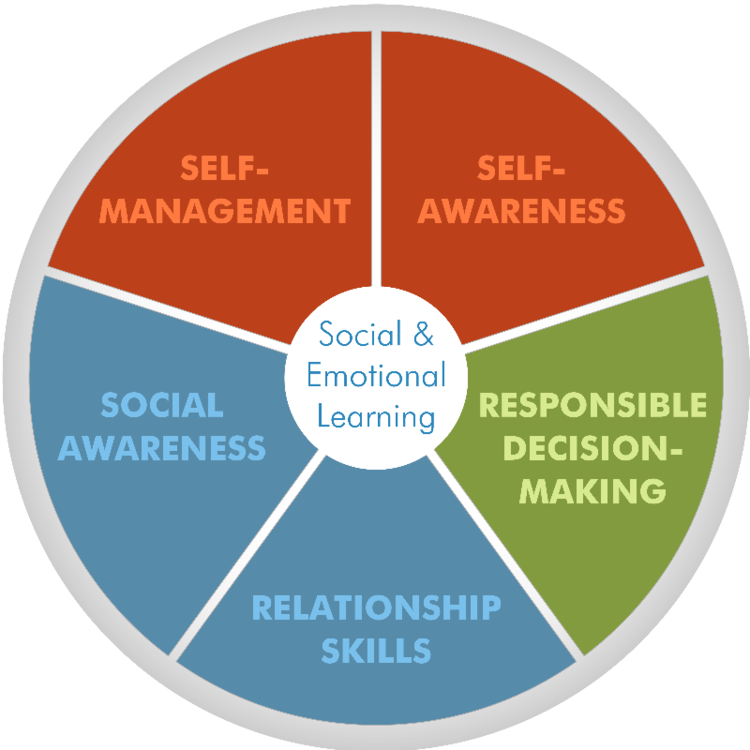
Students also develop self-management by reviewing the "Today's Report" at the end of each session, tracking their own progress. As students evaluate how well they achieved their goals during each session, being single-minded becomes a habit and they improve their self-management skills.
4. Self-defence
Closely related to self-management is self-defense, that is, the ability to constructively support one's own interests and security both independently and when seeking help or support when needed.
Some students find self-defence easy. These are the students who raise their hands during the lesson, ask questions, and even ask for an extension of the deadline for assignments when extenuating circumstances arise.
Other students—usually those who are not confident in their academic or speaking skills, who are afraid of embarrassing themselves in front of their peers, or who fall so often in school that they lose interest in it altogether—have not developed self-defence skills.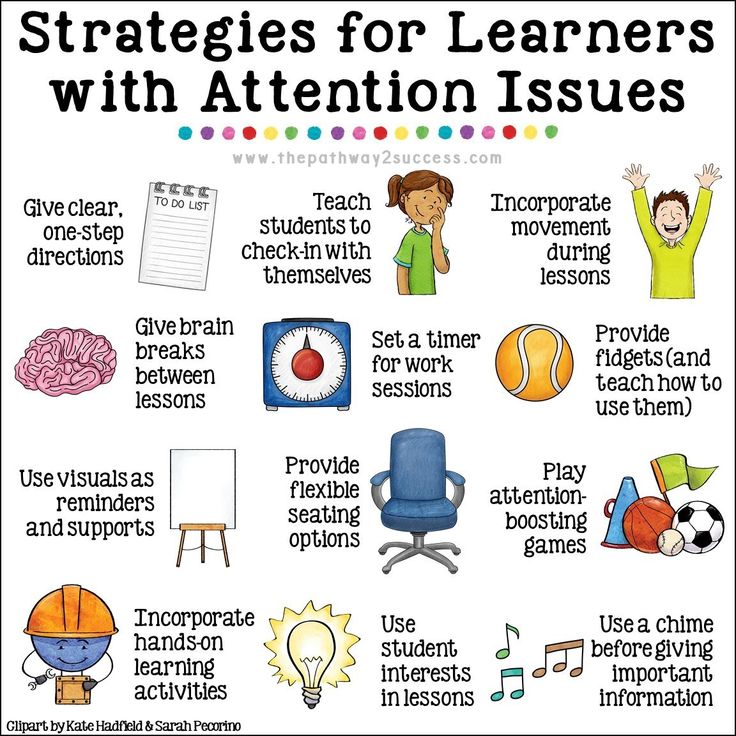 Unfortunately, when these students encounter barriers to their academic progress, they don't seek the help they need. They don't ask for clarification when they don't understand the assignment. They miss deadlines.
Unfortunately, when these students encounter barriers to their academic progress, they don't seek the help they need. They don't ask for clarification when they don't understand the assignment. They miss deadlines.
Fortunately, today's technology offers a socially safe environment where students can access more information or practice more when challenging or confusing tasks come up, all without potentially embarrassing scenarios. And when students get used to seeking and receiving help on their own, with the help of a computer program, they can learn to seek help from a teacher or peers when they need it.
In Fast ForWord programs, such self-protection tools are implemented in the form of operational interventions. For example, if a student is having difficulty in any of the exercises, they can click on the question mark button in the top navigation bar to practice in "help" mode without affecting their progress or accumulated points. This socially safe self-help mechanism allows the student to learn at their own pace and seek the help they need without risking peer judgement.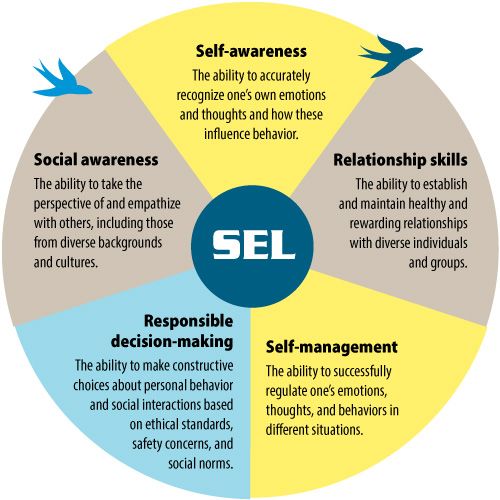
5. Self-control
Finally, self-management and self-protection combine to create self-control to control the execution of all items to achieve the goal. Essentially, self-control is the student's ability to take responsibility for their own learning. As students develop the skills needed to become responsible adults, self-control becomes an important social-emotional learning ability.
From the very beginning of every lesson in Fast ForWord, students practice self-control. In the "Today's Assignment" menu, the student chooses which exercise to start with. Within each exercise, the student is responsible for the quality and completeness of their work; whether the lesson was completed; whether it is necessary to use the built-in help for additional practice, and for which exercise to move on to.At the end of each session, the student tracks their daily progress in the "Today's Report", enters the data into motivational tables and assesses whether the goals have been achieved.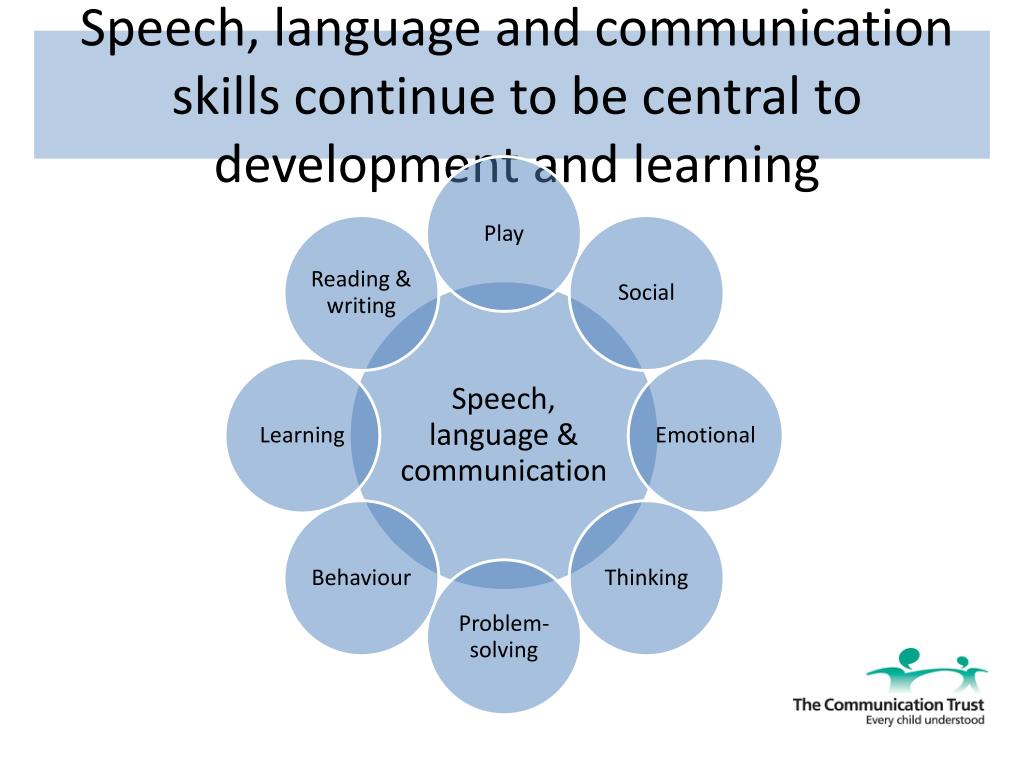
What's more, because Fast ForWord Foundations and Elements are online programs, students can easily work with them at home, providing even more opportunities to practice self-organization and self-control.
Conclusions
Teenagers have special social-emotional learning needs due to their rapidly developing brains. Five social-emotional learning skills that can be especially useful for middle and high school students are self-confidence, healthy self-esteem, self-management, self-protection, and self-control.
Along with developing the language, writing, and cognitive skills needed for academic success, Fast ForWord Foundations and Elements help children develop the skills they need to self-manage and protect themselves. The combination of these two factors gives the student a sense of confidence in their ability to learn and exercise free will, providing a sense of control over tasks and their successful completion.